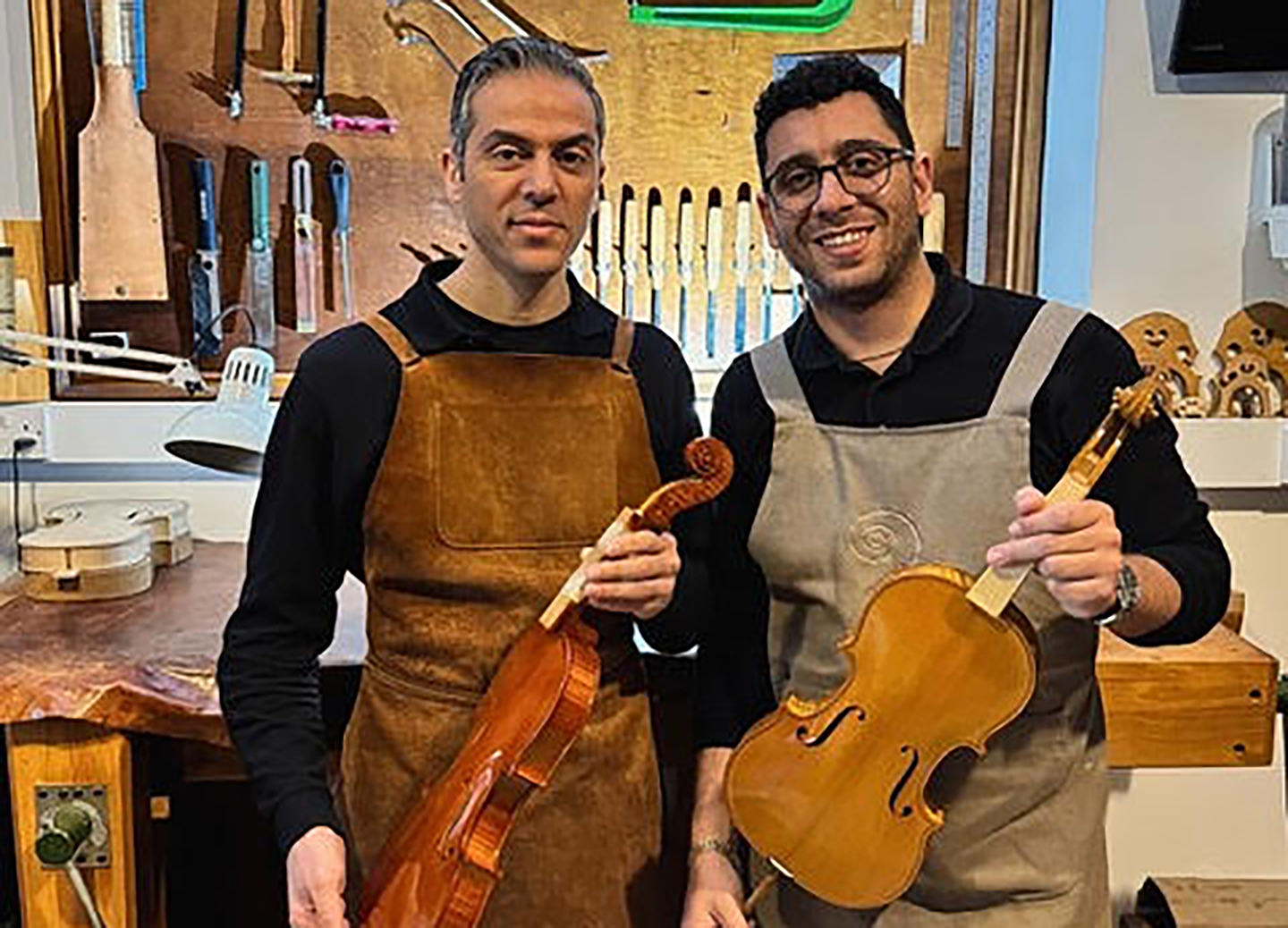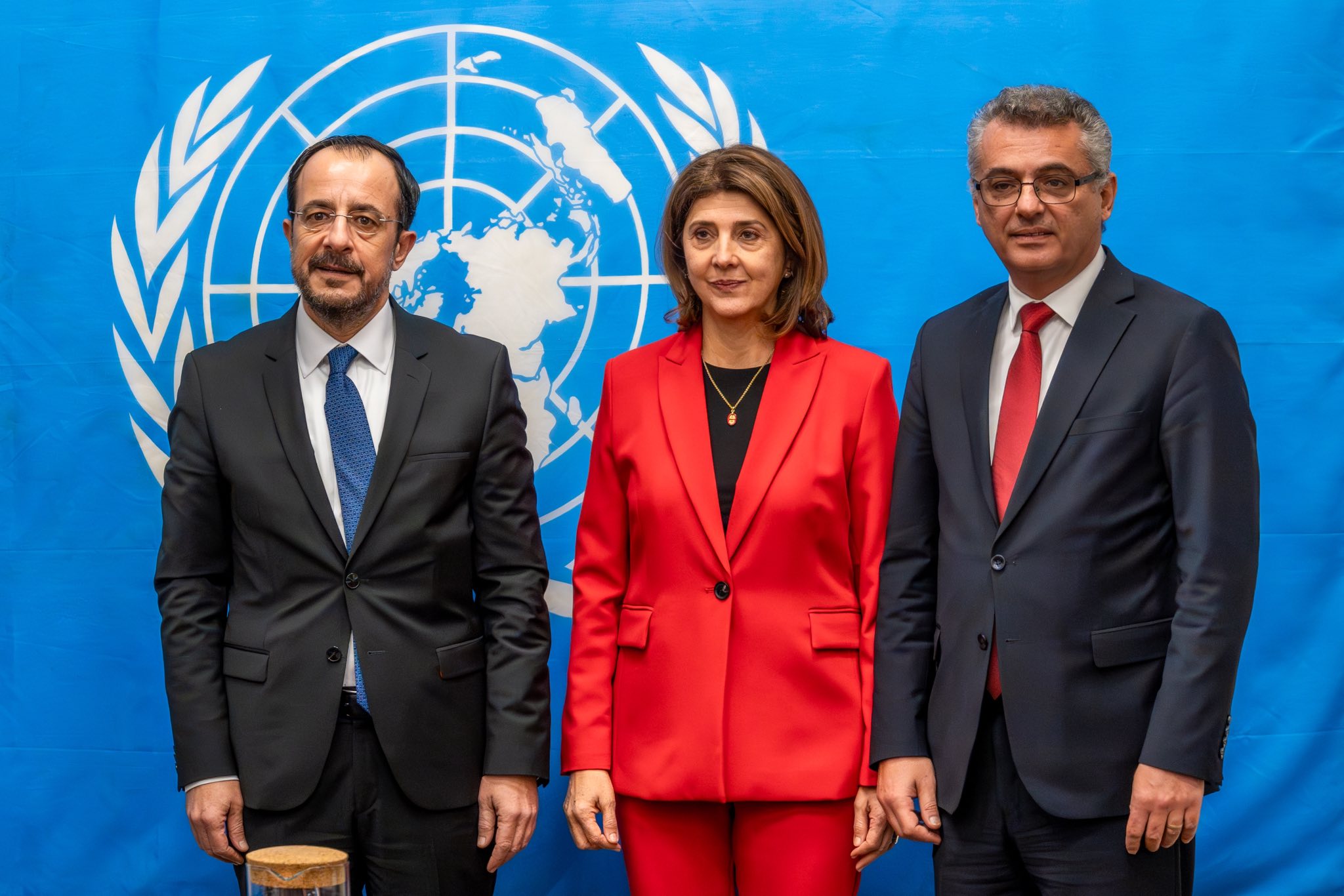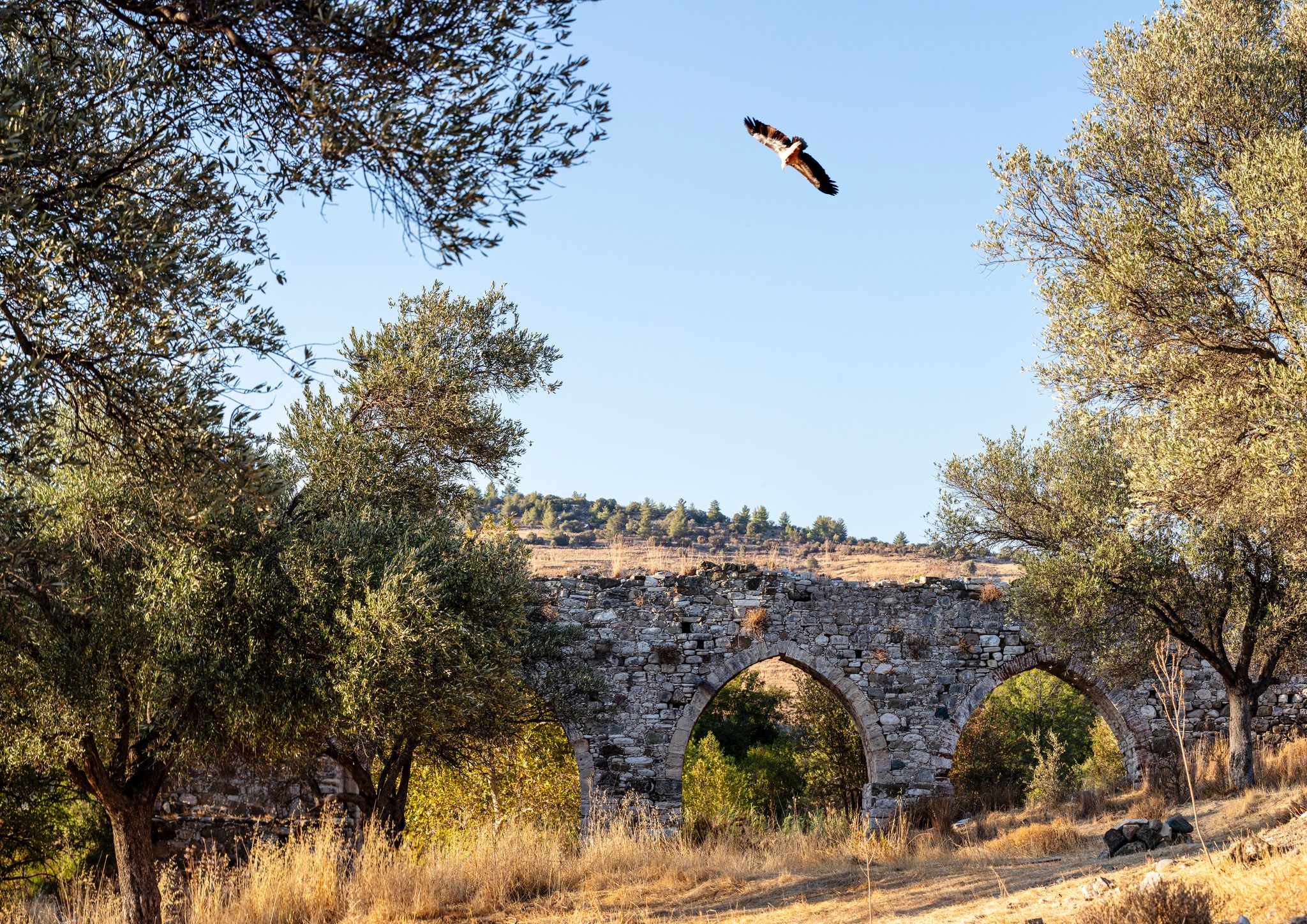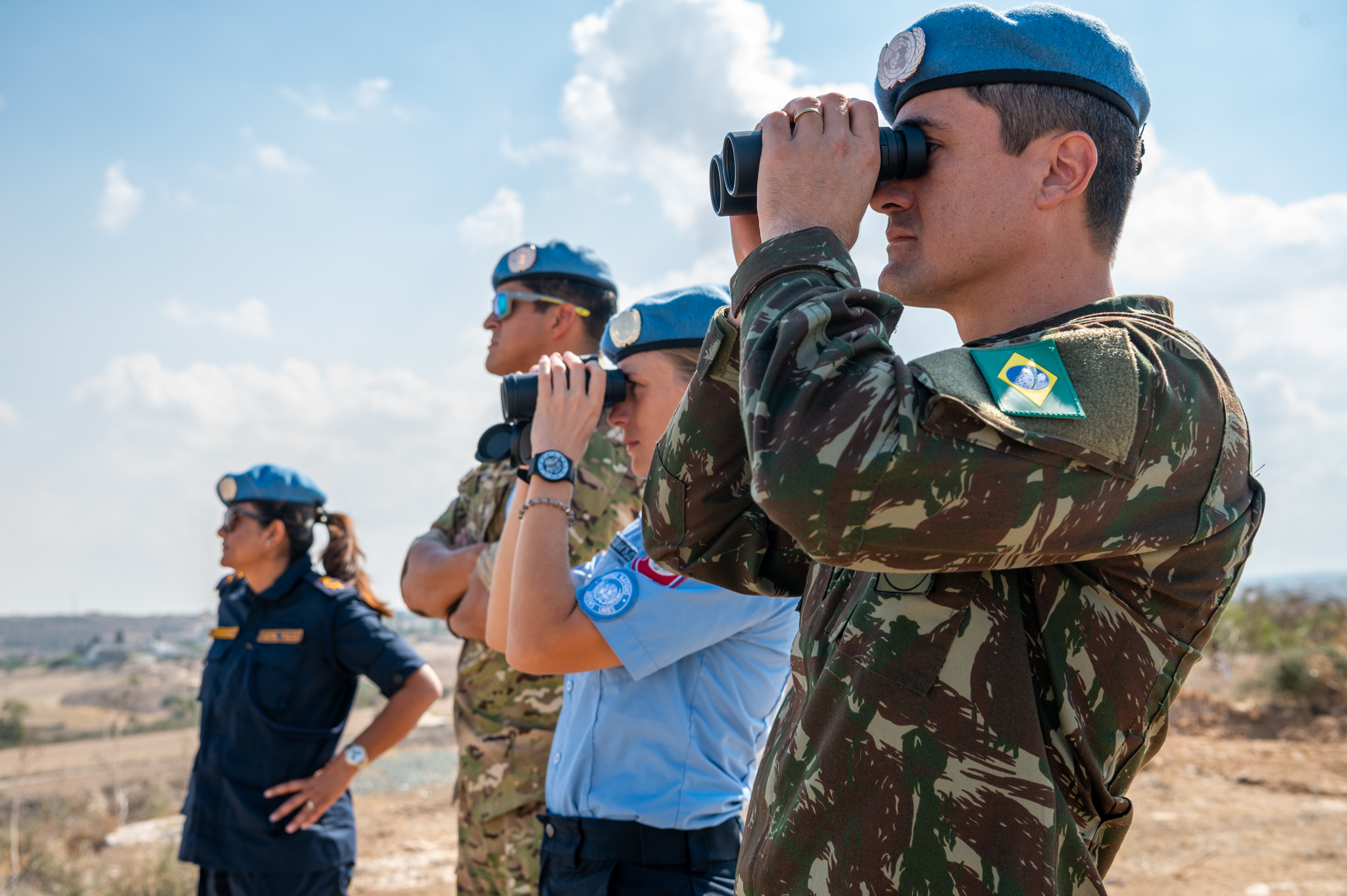‘We were speaking the same language’ say local violin makers building bridges through music
By: Christina Michailidis
In Cyprus, the violin is more than an instrument, it is a voice in the island’s cultural history. An instrument that has marked life’s most important moments for centuries. From lively wedding celebrations to folk festivals and intimate family gatherings in village squares, the violin is a cornerstone of traditional Cypriot music although somewhat overlooked these days. It has long been a storyteller, one that has been passed down through generations.
The violin is thought to have been introduced to the island during the Venetian period, the 16th century. It quickly became a vital part of traditional Cypriot music. Its versatility made it a favorite among Greek Cypriot and Turkish Cypriot communities, where it often takes a leading role at weddings and village dances. Its adaptability has kept it alive across generations, remaining a familiar sound in both rural and urban celebrations.
In a quiet workshop in Nicosia, craftsmen Michalis Pantelides and Arif Cebeci are doing something more than making violins. They are building bridges across a divided island through music. They brought together their shared love for a tune, craftmanship and creativity through the art of making handmade violins and restoring antique ones. Their work is as much about connection as it is about craft.
Their partnership began years ago through a mutual friend, shortly after Michalis completed his training at the Violin Making School in Cremona, Italy, the birthplace of Stradivarius. While they didn’t originally plan to collaborate, over time their shared passion for craftmanship and music turned into a creative partnership. “We were speaking the same language,” Michalis says. The language of music. The workshop is one of the few professional violin-making spaces in Nicosia.
Their work has been recognised by the Stelios Bi Communal Awards, an initiative that honours collaborative ventures between Greek and Turkish Cypriot entrepreneurs, offering financial support and a means for peace building through joint enterprise. Each year, the programme draws applications from a wide range of fields, but only a small number of teams are selected. Michalis and Arif were one of ten teams sharing €410,000 in prize money. This recognition is not only financial, but it affirmed their belief that art can outpace politics.
Inside the workshop, the approach to violin making is traditional, worlds away from factory-made instruments. Michalis explains that they follow the original Stradivari forms as handed down by his teacher in Italy. Even the wood they use is special, many pieces are over 30 years old, carefully selected for their tonal qualities. The choice of wood can determine the personality of the instrument. “Every violin is different”, he says, “you have to read the wood, understand its character and shape it accordingly. That’s something mass production will never give you”.



The process is meticulous, and often requires weeks even for the smallest details, “last time we spent one month just to make our varnish,” they say. “We made four formulas to test and see which one worked best, because even if you take the formula from Cremona, the weather here is different. So we customise everything – every step.” From planning the wood to the final polish, each stage requires patience, skill and an instinct that only comes with years of experience.
Their work also includes restoration, some antiques and some personal, but in a small market like Cyprus, there is little room for strict specialization. “You have to do a little bit of everything,” Michalis says. They have worked with traditional musicians, classical players and have also expanded their services by recently opening a new shop in Athens.
Despite the island’s division, Arif and Michalis say that they haven’t encountered any challenges with their collaborations; “as artists and musicians, there are no problems between us”. The only difficulties they seem to have encountered are with bureaucracy, customs, invoices, this sort of thing, but nothing personal.

Their craft is one that demands patience and precision, one that also requires trust, in each other and in the process. In an age where many instruments are made in a factory and shipped out in bulk, their workshop offers a refreshing alternative: instruments shaped by hand, informed by decades of tradition.
For any entrepreneurs hoping to build similar partnerships, Michalis’ advice is simple “Don’t focus on labels, don’t start from whether someone is Greek Cypriot or Turkish Cypriot or anything else, just look to see what you have in common and you can collaborate with“.
Their work is a gentle reminder that people can still find common ground, even in a place where political lines run deep. Similar to the way a violin’s melody comes from the harmony between its strings, woods and the hands that hold it, their partnership works because of their shared commitment to their work. It shows that collaboration does not have to be grand or overtly political to have meaning; it can grow naturally out of shared purpose or respect.
On our island where history is often told through separation, Michalis and Arif’s story is told through connection. It’s a reminder that like music, craftmanship can cross boundaries. Perhaps there is a quiet belief that beauty and skill have the power to bring people closer together. And that just maybe, each instrument they send into the world carries a message with it, one note at a time.







Click here to change your cookie preferences